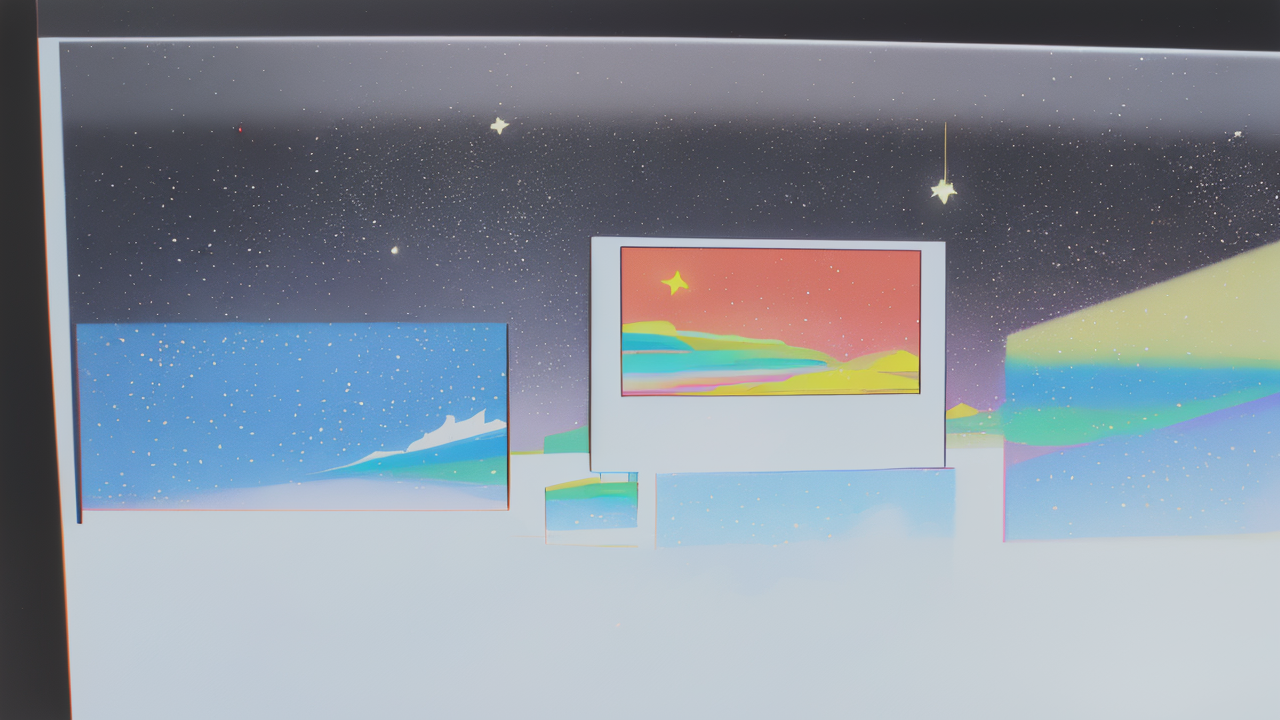
From Warhol to Now: The Evolution of Pop Art in American Culture
The Origins of Pop Art: Tracing Its Roots in the United States
The Emergence of Pop Art in the 1950s
Pop art burst onto the American art scene in the 1950s. It was a bold response to the abstract expressionism that dominated the era. Artists began to draw inspiration from everyday objects and popular culture. They used bright colors and simple shapes to create eye-catching works.

Consumer products, advertisements, and comic books became subjects of art. This shift marked a big change in how people viewed art. Pop art bridged the gap between 'high' and 'low' culture. It made art more accessible to the masses.
The movement reflected the growing consumer culture in post-war America. It celebrated, and sometimes criticized, the rise of mass media and advertising. Pop art challenged traditional notions of what could be considered art.
Warhol's Influence and the Shift in Cultural Production
Andy Warhol emerged as a key figure in the pop art movement. His work had a profound impact on American culture. Warhol's famous Campbell's Soup Cans and Marilyn Monroe prints became iconic. They blurred the lines between art and everyday life.
Warhol's approach to art production was revolutionary. He treated art like a factory, mass-producing prints and films. This method reflected the consumer culture he often depicted in his work. Warhol's studio, known as 'The Factory', became a cultural hub.
His influence extended beyond visual arts. Warhol shaped music, film, and fashion. He helped redefine the role of the artist in society. Artists were no longer just creators, but also celebrities and cultural commentators.
The Impact of Technology on Pop Art Evolution
Technology played a crucial role in the evolution of pop art. New printing techniques allowed for mass production of artworks. This made art more accessible to a wider audience. Artists could now reproduce their work easily and cheaply.
Television and later, computers, provided new mediums for pop artists. They could reach larger audiences and experiment with new forms. Digital tools opened up new possibilities for creating and manipulating images.
The rise of consumer electronics also influenced pop art themes. Artists began to explore our relationship with technology in their work. They questioned the impact of mass media on society and individual identity.
Milestones in Pop Art History: Key Players and Innovations
Pioneers of Pop Art: Warhol, Lichtenstein, and Others
While Andy Warhol is often seen as the face of pop art, many artists shaped the movement. Roy Lichtenstein's comic book-inspired works became instantly recognizable. His bold lines and Ben-Day dots style influenced graphic design for decades.

Claes Oldenburg turned everyday objects into giant sculptures. His soft sculptures of food and household items challenged perceptions of art. Tom Wesselmann's Great American Nude series explored themes of sexuality and consumerism.
These artists, among others, pushed the boundaries of what could be considered art. They brought popular culture into galleries and museums. Their work continues to influence artists and designers today.
The Rise of Performance Art and Pop Culture
As pop art evolved, it began to incorporate elements of performance. Artists like Yoko Ono and Allan Kaprow created 'happenings'. These were interactive events that blurred the line between art and life.
Pop artists also embraced music and fashion. The Beatles' album covers, designed by pop artists, became iconic. Fashion designers like Mary Quant drew inspiration from pop art's bold colors and simple shapes.
This fusion of art forms reflected the breaking down of cultural barriers. High art, popular culture, and everyday life became increasingly intertwined.
How Digital Media Transformed Pop Art
The digital revolution brought new tools and platforms for pop artists. Computer graphics software allowed for endless manipulation of images. The internet provided a global platform for sharing and viewing art.
Digital pop art emerged as a new genre. Artists like Cory Arcangel used video games and computer code as their medium. Others, like Richard Prince, appropriated social media content for their work.
These new forms of pop art raised questions about authorship and originality. They also reflected our increasingly digital lives and culture.
Current Trends and Future Directions for Pop Art
The Role of Social Media in Pop Art Today
Social media has become both a subject and a medium for contemporary pop art. Artists use platforms like Instagram to share their work and build followings. Some create art specifically for social media consumption.

Memes and viral content have become a new form of pop art. They reflect and shape popular culture in real-time. Artists like Richard Prince have controversially used Instagram posts in their gallery shows.
The instant feedback and global reach of social media are changing how pop art is created and consumed. It's democratizing art creation and distribution in unprecedented ways.
Nostalgia and Pop Art: A Look Back and Forward
There's a strong nostalgic trend in current pop art. Many artists are revisiting and reinterpreting iconic works from the past. This reflects a broader cultural fascination with retro aesthetics.
At the same time, pop artists continue to comment on contemporary issues. They address topics like climate change, political polarization, and digital privacy. Pop art remains a powerful tool for social commentary and critique.
The tension between nostalgia and forward-looking themes is a defining feature of today's pop art. It reflects our complex relationship with the past and uncertainty about the future.
Anticipating the Next Big Thing in Pop Art
The future of pop art is likely to be shaped by emerging technologies. Virtual and augmented reality offer new possibilities for immersive art experiences. AI and machine learning could lead to new forms of collaborative creation.
Pop art may become more interactive and participatory. The line between artist and audience could blur further. We might see more crowd-sourced or AI-generated pop art.
As our world becomes increasingly digital, pop art will likely continue to explore themes of identity, reality, and human connection. It will reflect and shape our evolving relationship with technology and popular culture.


